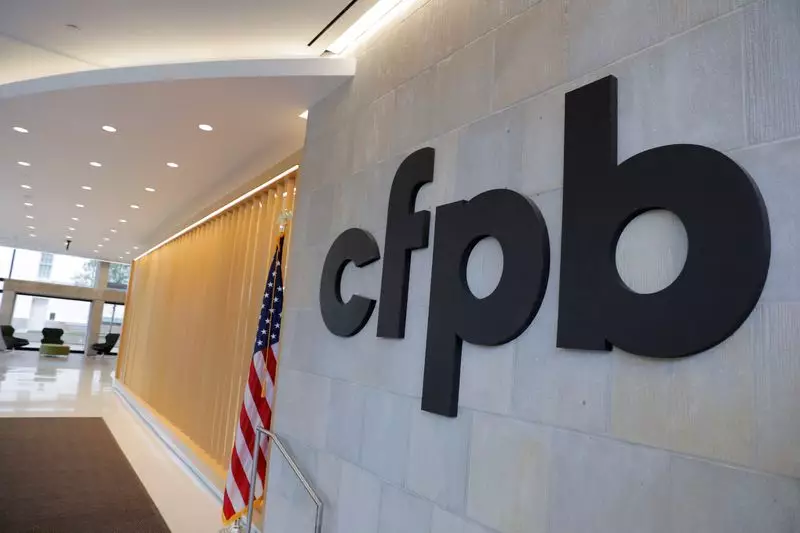In an evolving digital economy, the intersection of technology and consumer finance is becoming increasingly complex. Recent actions taken by the U.S. Consumer Financial Protection Bureau (CFPB) have sparked significant controversy, leading two major technology trade associations, NetChoice and TechNet, to lodge a lawsuit against the regulator. This legal battle focuses on a newly introduced rule that extends the CFPB’s authority over payment platforms and digital wallets operated by large non-banking entities, a move that critics argue is excessive and unjustified.
The crux of the lawsuit hinges on accusations that the CFPB has overstepped its legislative mandate. The trade groups assert that Congress has not provided the CFPB with the breadth of authority needed to monitor and regulate non-banking financial services deeply, particularly those involving major players like Apple Pay and Venmo. They contend that the regulator has not provided sufficient evidence regarding consumer risks that warrant such invasive oversight. The complaint articulates a clear dissatisfaction with what the plaintiffs describe as a “hasty” rule-making process, aimed at addressing nonexistent regulatory gaps rather than tangible issues facing consumers.
In response to mounting concerns regarding digital transactions, the CFPB has framed its new regulations as a necessary step to ensure consumers using major technological platforms are afforded the same protections as traditional bank customers. The Bureau argues that as digital payment methods transition from being optional to essential in everyday transactions, regulatory frameworks must be updated to reflect this reality. This aligns with the CFPB’s mandate to safeguard consumer interests in financial markets. However, the substantial pushback from industry representatives suggests a profound disagreement about the nature of the threats to consumer welfare that the CFPB seeks to address.
Key figures on both sides of the argument are raising alarms over the implications of the rule. Industry leaders warn that it could discourage innovation and competition, ultimately leading to higher costs for consumers. They are particularly concerned that the CFPB’s expansive approach may burden digital payment providers with additional regulatory requirements that could distract them from their core business activities. Comments from Chris Marchese, a representative from NetChoice, emphasize the idea that the rule could create a chilling effect in a sector that thrives on agility and innovation.
As this legal battle unfolds, the political climate surrounding the CFPB raises further questions about the rule’s longevity. With a Republican president-elect and a GOP-controlled Congress potentially poised to reshape the regulatory environment, the outcome may also hinge on broader political shifts and sentiments toward the CFPB. Stakeholders and observers alike will be anticipating any moves from the new administration that might aim to curtail what they view as an aggressive expansion of regulatory power.
The lawsuit against the CFPB marks a critical moment in the ongoing dialogue about digital finance regulation in the United States. As consumer reliance on digital payments continues to rise, the balance between consumer protection and regulatory encroachment will likely dominate discussions among lawmakers and industry leaders. The resolution of this case may set a precedent that defines how technological advancements in finance are overseen, impacting everything from innovation to consumer rights in the years to come.

